.jpg?width=501&name=GettyImages-1138813719%20(1).jpg) If you’re looking to improve the overall happiness and well-being of your residents—and even yourself—try taking your offerings outside of the fitness center and straight into nature!
If you’re looking to improve the overall happiness and well-being of your residents—and even yourself—try taking your offerings outside of the fitness center and straight into nature!
Many of our NIFS fitness staff members schedule outdoor activities as a key component of their wellness programming, when and where weather permits. Some of the most popular open-air activities we have offered include walking groups, hiking trips, snowshoeing, yoga classes, mindfulness and meditation events, recreational sports, gardening, and outdoor socials. Exercise-related health benefits are already widely acknowledged, but did you know that the additional advantages of immersing oneself in nature may far surpass exercise alone?
Let the Sun Shine In!
Sunlight can help boost your Vitamin D levels, which is essential in calcium absorption to keep bones healthy and strong. Those who aren’t getting enough Vitamin D are much more likely to suffer from osteoporosis, heart disease, depression, weight gain, Alzheimer’s, and a whole catalog of cancers. In addition, getting sufficient sunlight can aid in preventing type-2 diabetes and some autoimmune disorders.
Get Active
Physical activity typically increases as we spend more time in natural environments, and the two together help activate the parasympathetic nervous system, which controls how the body responds when at rest. Not only does this provide a relaxing, calm feeling, but it also reduces resting blood pressure, strengthens immunity, and can help decrease the risk of developing chronic disease.
Just Being Outside Is Beneficial for Mental Health and Wellness
Not in the mood for a “workout”? That’s okay, too! You can still fight mental fatigue, tension, and stress by simply being in nature. A study conducted at the University of Michigan found that spending as little as 20 minutes either sitting or walking in nature was enough to significantly reduce levels of cortisol, a hormone commonly used as a stress marker. The greatest rate of reduction in cortisol levels was observed in those who spent between 20 and 30 minutes in green spaces.
Anxiety and depression, too, have been proven to be lessened by spending time in nature’s powerful restorative environments—so powerful, in fact, that researchers at Stanford University call time spent in nature a mental health prescription.
Mental health disorders can contribute to poor sleep, and poor sleep can equally contribute to mental health disorders. Not only can time spent in nature improve overall mental health, leading to better sleep, but it can also play a fundamental role in improving sleep patterns, leading to better mental health. Sleep patterns are intrinsically regulated by circadian rhythms—this is commonly referred to as the body’s internal clock—which is directly tied to the sun’s schedule. Spending too much time in the absence of natural light, or in the presence of artificial light, can alter a person’s circadian rhythm and disrupt sleep patterns. Lucky for us, this balance is easily restored by getting back to nature and spending time outside.
Are you taking advantage of all that nature has to offer and sharing it with everyone you know?
NIFS staff love helping create Active Adventures with the communities where we help do wellness better. Click below to see if outsourcing and having a vendor partner with you is a right fit!


.jpg?width=378&name=Senior%20dancing%20GettyImages-504735537%20(1).jpg)

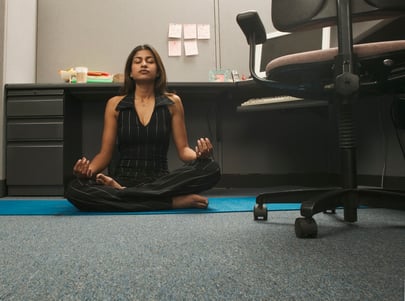 Daily stress can make you unhappy and irritated, which in turn affects your overall health.
Daily stress can make you unhappy and irritated, which in turn affects your overall health. 
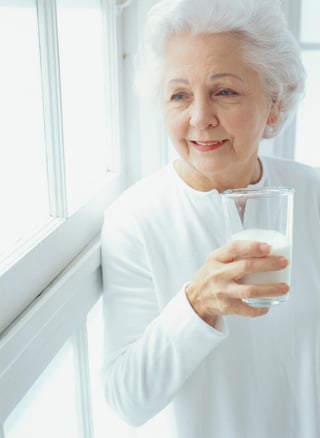 options:
options:
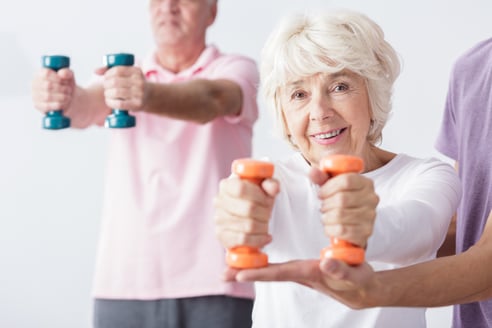 The benefits of regular activity for individuals throughout their lifespan is clear through the many (many, many) studies that outline how much movement is enough and which elements of health are improved with activity. However, despite the research, people in the U.S. still simply don't get enough activity to sustain health benefits, and
The benefits of regular activity for individuals throughout their lifespan is clear through the many (many, many) studies that outline how much movement is enough and which elements of health are improved with activity. However, despite the research, people in the U.S. still simply don't get enough activity to sustain health benefits, and 

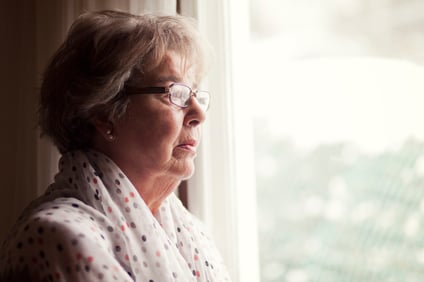 According to the
According to the 
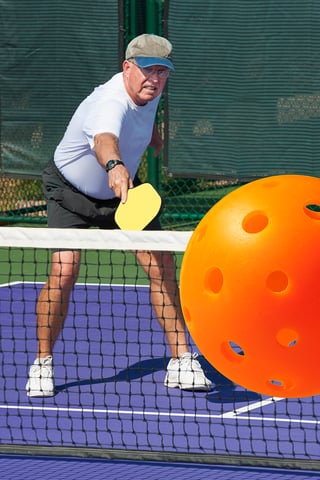 Pickleball
Pickleball